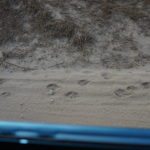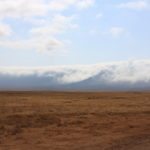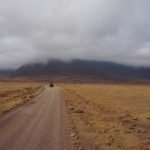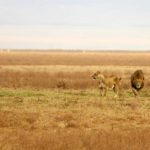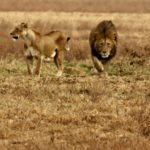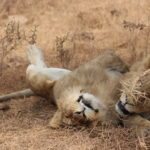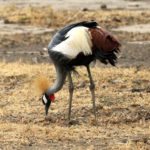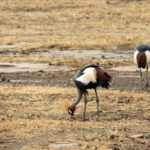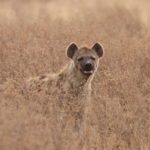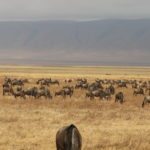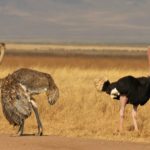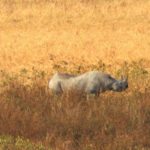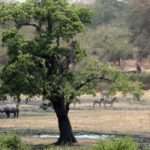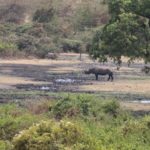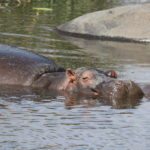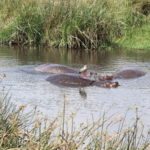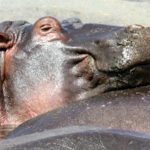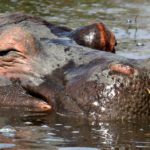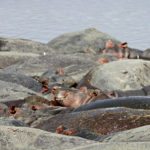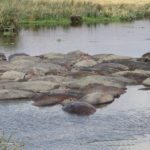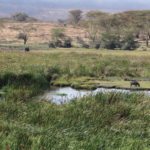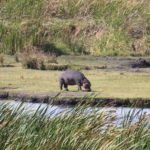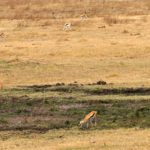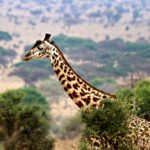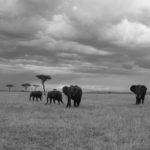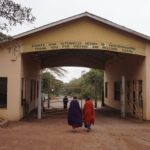September 24 & 25, 2016
We arrived at the Ngorongoro Sopa Lodge in the late afternoon on September 24. We settled into our room and then showered. Hot water was only available between 5 a.m. and 8 a.m. and then again between 5 p.m. and 8 p.m. Clifton was wiped out so he had dinner with us and went straight to bed. They brought out a birthday cake for Allan and did a traditional dance. The cake was probably the best thing I had there.
We chose the Sopa Lodge for it’s location. It had one of the best positions on the crater rim for weather. It had its own access road to the crater floor. The Crater gets very busy and I did not want to spend an hour or more just getting to the crater entrance and then waiting in a line to enter. It is recommended that you enter the crater around 7 am. We would be spending less than 12 hours at the lodge.
https://shelleylevine.com/ngorongoro-sopa-lodge/
We were up early the next day to beat the crowds into the crater.
The Ngorongoro Crater and surrounding highlands together form one of Africa’s most beautiful regions. Volcanic craters form stunning backdrops to some of the most fertile and richest grazing grounds in Africa.
The Ngorongoro Crater was once a huge active volcano, probably as large as Kilimanjaro. After it’s eruption, two to three million years ago, it’s cone collapsed inwards forming a caldera which, at over 10km wide, forms a natural home to an estimated 30,000 animals. This unique conservation area offers some of East Africa’s very best game viewing opportunities.
The Ngorongoro Conservation Area is a UNESCO World Heritage Site that takes its name from the Ngorongoro Crater and was was recently voted one of the new Seven Natural Wonders of Africa.
“The Ngorongoro Crater is the best place in Tanzania to see The Big Five. In Africa The Big Five are the African lion, African elephant, Cape buffalo, African leopard, and rhinoceros. A healthy population of black rhino and some of the largest tusker elephants left in Africa today are the prize spots, but the crater is also home to good populations of lion, leopard and hyena along with healthy herds of wildebeest, buffalo and zebra. Other wildlife here includes serval cat, cheetah, jackal, Grant’s and Thompson’s gazelle, flamingo and bat-eared foxes, as well as approximately 400 species of bird.” The greater conservancy surroundings are home to wildebeest and zebra migratory movement in the wet season.
We exited the crater early afternoon and headed for Ngorongoro Farmhouse and massages.
Click on a photo to start the slide show.
Photo Credit: Shelley and Clifton Levine
- Lion Paw Prints on the way down into Ngorongoro Crater
- For rolling into the crater
- Male and female
- Crested Crane
- Crested Crane
- Hyena
- Our first Rhino sighting
- 2nd Rhino – Black Rhino
- 2nd Rhino – Black Rhino
- Hippo Pool
- Hippo Pool
- Hippo Pool
- Hippo Pool
- Hippo Pool
- Hippo Pool

